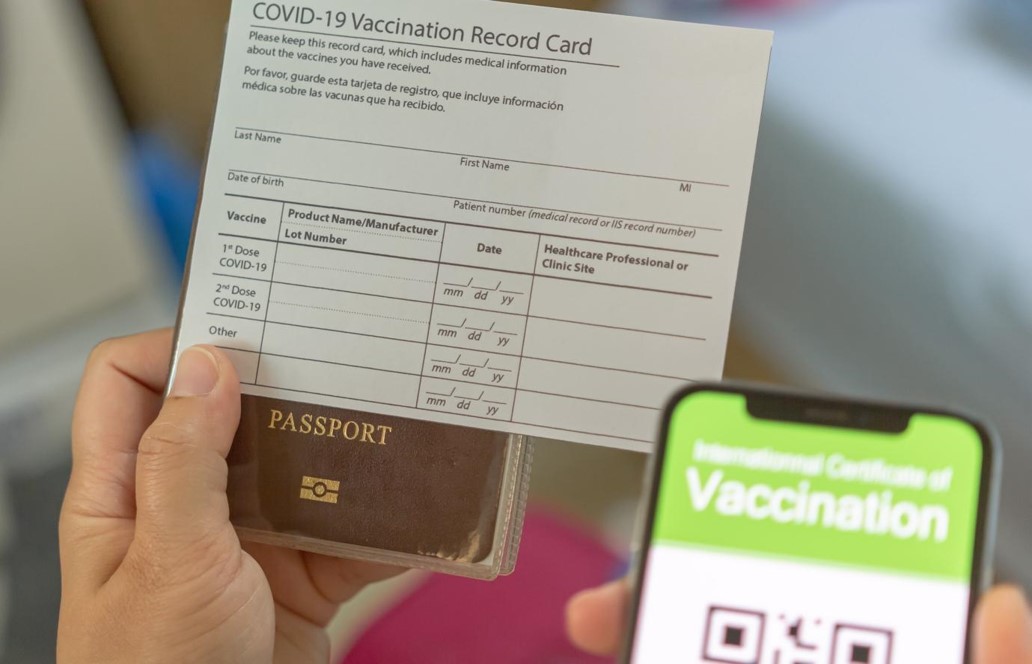
@ShahidNShah


Within the dynamic domain of healthcare, the rising influence of mobile technology emerges as a formidable catalyst, fundamentally reshaping the patient experience and fostering active engagement in healthcare journeys. This paradigmatic shift towards digital solutions transcends routine innovation; it symbolises a profound metamorphosis where patients assert control, guiding the narratives of their own health. This evolution takes on particular significance within the sphere of healthcare education, exemplified by ground-breaking initiatives in such as DNP to FNP online, accelerated nursing programs, and more, marking the advent of a transformative era in nursing practise. This article, with a keen focus on the crucible presented by the COVID-19 pandemic, will analyse the integral role of mobile technology in healthcare by looking deeper into its complex impacts on the dynamics of patient care.

As the COVID-19 epidemic spread over the world, mobile technology’s critical role in rapidly sharing real-time information and orchestrating a coordinated response to an unprecedented global health disaster became increasingly apparent. Mobile applications, which serve as agile conduits for information, experienced a transformational transition, becoming important tools for patients actively seeking instant updates on infection rates, safety standards, and vaccination availability.
In the digital realm, contact-tracing applications, fortified by the capabilities of mobile technology, assumed the role of vigilant custodians of public health. Employing intricate algorithms and real-time data tracking, these applications played an essential role in the proactive containment of outbreaks. Enabling the capability of mobile technology, these applications not only slowed the spread of the virus but also highlighted the effectiveness of technological innovation in a crisis management context.

During the imperative for physical distancing imposed by the pandemic, mobile technology emerged as a cornerstone in revolutionising healthcare delivery. The surge in telehealth services, seamlessly facilitated by mobile apps, transcended crisis response; it marked a transformative shift in how individuals accessed medical advice. Virtual consultations, once a convenience, became a lifeline during uncertain times, empowering patients to prioritise health without compromising safety by leaving their homes.
In terms of healthcare efficiency, mobile technology facilitated simplified operations by providing mobile access to electronic health records (EHRs). This not only decreased administrative responsibilities but also enabled healthcare practitioners to easily track symptoms, monitor illness development, and assure coordinated care, especially in light of the numerous problems offered by the COVID-19 outbreak.
As the pandemic necessitated rapid and secure information exchange, mobile technology played a pivotal role in connecting healthcare institutions and public health authorities. Mobile platforms facilitated the transfer of critical COVID-19 data, ensuring accurate information reached healthcare providers and relevant authorities promptly. This real-time connectivity proved instrumental in coordinating responses, optimising resource allocation, and implementing effective public health strategies.
Furthermore, mobile applications played a dual role: first, as channels for patient information inside the healthcare system, and second, as a liaison between healthcare practitioners and insurance companies. It helped to improve command and permitted the rapid sharing of relevant data, resulting in faster claim processing for COVID-19-related medical expenditures. As a result, these applications have increased the efficiency of the entire informational exchange process. It was not only reducing administrative duties but also helping to strengthen the hospital infrastructure in the face of enormous challenges.
In the pandemic’s uncertainty, mobile technology emerged as a beacon of empowerment, putting individuals at the centre of their healthcare narratives. Mobile applications and wearables have developed from tools to indispensable companions, offering not just responses but also an immense feeling of authority and engagement.
In fact, patients who are equipped with accessible and easy healthcare solutions are no longer passive recipients of information but rather active players in their own health. Staying current on ever-changing preventative measures became a breeze due to real-time updates and instructions available at just the touch of a button. The convenience of healthcare mobile apps improves accessibility and guarantees. This allowed patients to be not just beneficiaries of treatment but also collaborators in their healthcare journey.
For instance, virtual consultations, enabled by mobile technology, indicated the democratisation of healthcare. Patients might actively participate in discussions about their health, seek advice, and make decisions without the limits of physical proximity. Mobile applications and wearables, functioning as wellness companions, have evolved beyond tracking data to become supporting technologies that guide healthy behaviours. These devices helped to create a holistic approach to health by encouraging physical exercise and improving mental well-being.
The combined effect of patient empowerment and technological innovation has altered the narrative, putting patients at the heart of their healthcare journeys. The COVID-19 pandemic has shown the need for mobile technology in patient care dynamics and healthcare system resilience.
After all, mobile technology and patient empowerment have changed the face of healthcare. As we move forward, the patient gains greater control over shaping and navigating their healthcare experience. The lessons learned during these transformational periods pave the way for a patient-centred approach in which technology remains a valuable tool for providing educated, accessible, and empowered healthcare experiences.

Chief Editor - Medigy & HealthcareGuys.
Healthcare holds importance in society by directly impacting the well-being and lives of people from all walks of life. Everything from technological to medical advancements has changed life …
Posted Feb 13, 2024 Administration Patient Safety
Connecting innovation decision makers to authoritative information, institutions, people and insights.
Medigy accurately delivers healthcare and technology information, news and insight from around the world.
Medigy surfaces the world's best crowdsourced health tech offerings with social interactions and peer reviews.
© 2025 Netspective Foundation, Inc. All Rights Reserved.
Built on Apr 17, 2025 at 6:07am